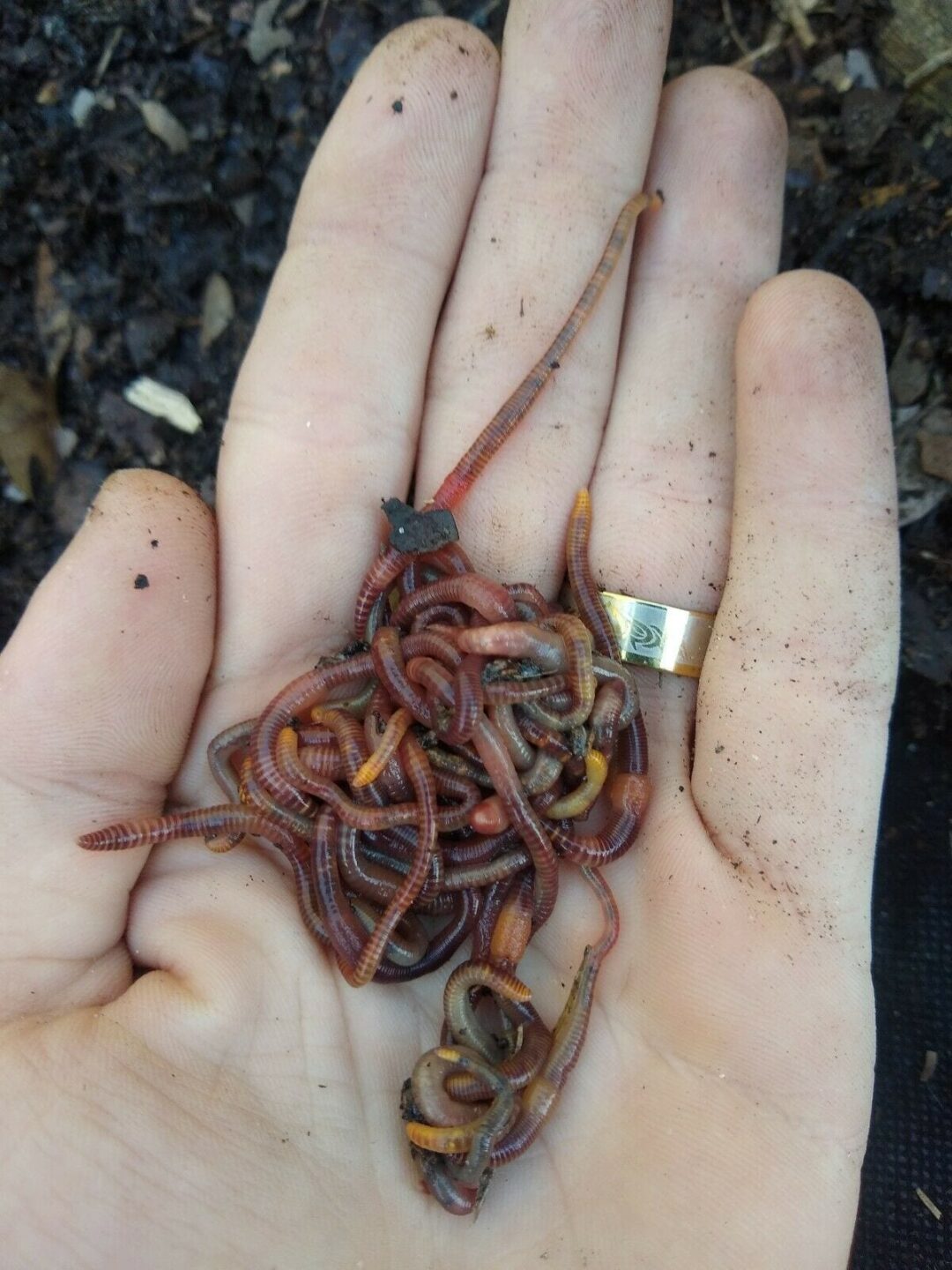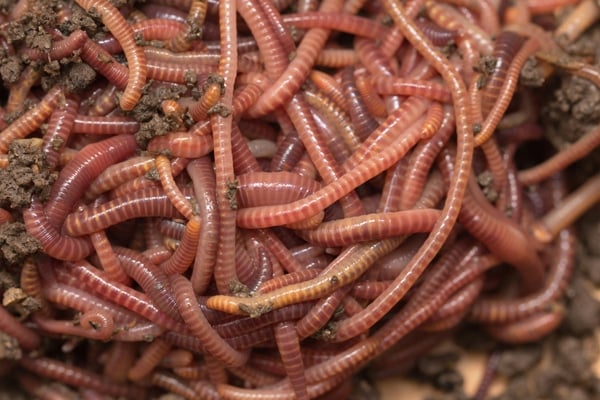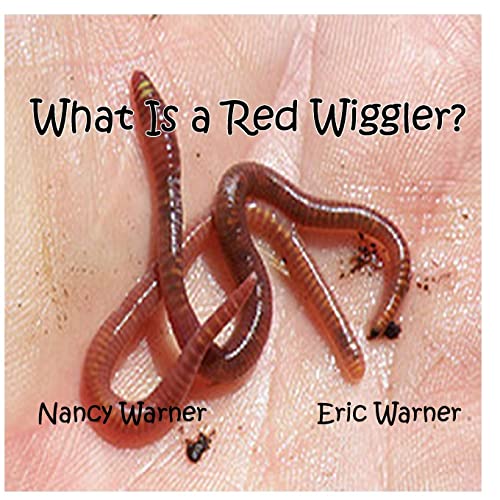The Secret to Lush Lawns Starts with Red Wiggler Express Yard Care Solutions
The Secret to Lush Lawns Starts with Red Wiggler Express Yard Care Solutions
Blog Article
Unlock the Secrets of Red Wigglers: Your Overview to Composting Success
The integration of red wigglers into composting practices offers a substantial possibility for boosting dirt wellness and advertising sustainability. These microorganisms are not simply effective recyclers of organic waste; they offer a myriad of benefits that can change yard administration. Comprehending their requirements and habits is essential for maximizing their potential, from setting up an appropriate worm container to feeding them the appropriate products. As we check out the vital components of effective vermicomposting, one could question how these small animals can cause a much more vibrant and effective yard community.

What Are Red Wigglers?
(Red Wiggler Express)Red wigglers, medically understood as Eisenia fetida, are a types of earthworm primarily made use of in composting because of their remarkable capability to decompose raw material successfully. These worms are characterized by their reddish-brown pigmentation and a segmented body, commonly determining in between 3 to 4 inches in length. Unlike various other earthworm species, red wigglers prosper in rich, natural settings, making them optimal for vermicomposting systems.
Indigenous to North America, they are usually discovered in decomposing leaves and compost heap, where they play a vital duty in nutrient recycling. Their adaptation to residing in a wet, aerobic atmosphere allows them to consume big amounts of natural waste, breaking it down into nutrient-rich spreadings that boost soil health.
Red wigglers duplicate rapidly, with a single worm capable of generating several cocoons each week, each consisting of numerous hatchlings. This quick reproduction rate adds to their performance in composting procedures. They prefer temperatures between 60 ° F and 80 ° F, and their activity level boosts dramatically within this range, further aiding in the decay process. Comprehending the biology and habits of red wigglers is crucial for optimizing their potential in composting applications.
Benefits of Using Red Wigglers
Utilizing the power of red wigglers in composting provides numerous advantages that improve soil health and wellness and promote sustainable waste monitoring. These impressive microorganisms successfully damage down organic matter, transforming cooking area scraps and backyard waste into nutrient-rich vermicompost. This completed product is exceptionally beneficial for plant development, as it enhances soil structure, raises dampness retention, and improves nutrient availability.

(Red Wiggler Express)Additionally, the presence of red wigglers in your composting system can increase the composting procedure, producing top quality compost in a fraction of the time contrasted to conventional approaches. The castings generated by these worms are additionally including helpful microorganisms that even more enrich the dirt environment.
Setting Up Your Worm Container
Creating an efficient worm bin is a simple procedure that can substantially boost your composting efforts. The initial step is choosing a suitable container. Worm bins can be made from plastic storage space bins, wooden boxes, or readily available worm bins. Make certain the bin has appropriate water drainage and ventilation holes to keep optimal wetness degrees and airflow.
Following, prepare the bedding material, which acts as the worms' environment. A mix of shredded paper, cardboard, and coconut coir functions well, providing a comfortable environment for the worms. Goal for a bed linens deepness of concerning 4-6 inches. Moisten the bedding lightly, ensuring it looks like a moist sponge without excess water merging at the base.

Feeding Your Red Wigglers
To make certain the health and wellness and productivity of your red wigglers, it is vital to supply them with a balanced diet regimen that satisfies their dietary requirements. Red wigglers thrive on a varied range of natural materials, which not just supply essential nutrients however additionally promote reliable composting.
Begin by incorporating kitchen area scraps such as vegetable peels, fruit cores, and coffee premises. Stay clear of citrus fruits, onions, and garlic, as these can be harmful to worm wellness. Furthermore, present shredded paper, cardboard, and dry fallen leaves to create a well-aerated atmosphere.
Feeding regularity ought to be checked; typically, worms can eat half their body weight in food weekly. It is essential to stay clear of overfeeding, as excess food can lead to undesirable smells and attract bugs. An excellent practice is to include food in tiny amounts, allowing worms to refine it before presenting extra.
Maintaining wetness degrees is also important; the bed linen needs to be damp however not soaked. Last but not least, make sure to on a regular basis examine the temperature and pH levels of the bin to make sure an optimum environment for your red wigglers, ultimately improving their composting effectiveness.
Harvesting and Utilizing Compost
A successful composting procedure with red wigglers finishes in the rich, dark compost referred to as vermicompost, which can significantly boost dirt health and wellness and plant growth. Collecting this nutrient-dense product usually occurs every three to 6 months, depending upon the size of your system and the quantity of raw material being refined.
To gather, gently different the compost from the worms and any undecomposed products. One efficient method entails moving the contents of the container to one side and including fresh bed linen and food to the void, encouraging the worms to move. After a few days, the garden compost can be gathered from the opposite side.
It is crucial to use vermicompost appropriately to maximize its benefits. look what i found By integrating vermicompost right into your gardening program, you not just reuse organic waste however additionally create a flourishing ecological community that supports sustainable horticulture techniques.
Conclusion
In summary, red wigglers serve as outstanding allies in composting initiatives, transforming organic waste right into nutrient-rich vermicompost. By recognizing the ideal problems for their habitat, feeding requirements, and compost harvesting techniques, garden enthusiasts can boost dirt wellness and advertise plant vitality.
Report this page